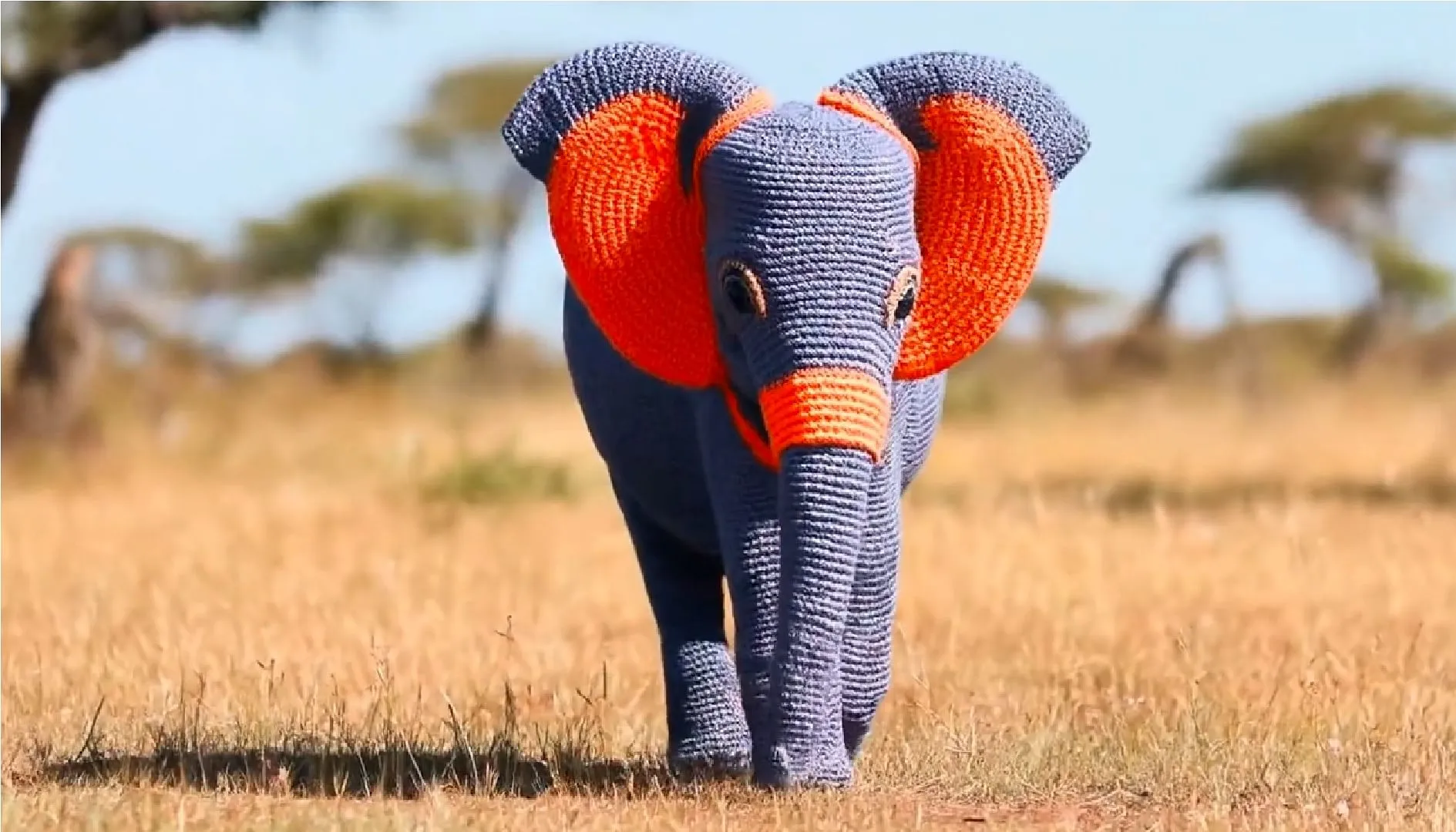Launched via Google’s Vertex AI platform, Veo has quickly outpaced its competitors, including OpenAI’s much-anticipated Sora, by being readily available in a private preview. Introduced initially in May, Veo’s development has been a closely guarded project, marked by meticulous crafting and strategic anticipation, culminating in this grand reveal. Veo’s ability to generate high-quality 1080p videos from mere text or image prompts has set new standards in the industry. The AI’s versatility in producing content across various visual and cinematic styles is particularly noteworthy. Initially, Google teased the potential for videos extending “beyond a minute,” though the exact limits in the preview phase remain undisclosed.
One cannot help but marvel at the realism Veo brings to the digital screen. The model’s showcase features, such as a clip of a dog whose fur pattern and collar remain astonishingly consistent throughout its movements, demonstrate Google’s commitment to quality and attention to detail.

Google’s Imagen 3: Complementing Veo with Advanced Imaging Capabilities
Parallel to Veo, Google has announced that its Imagen 3 text-to-image generator will soon be accessible to all Google Cloud customers. This expansion, set to start next week, builds on its initial release in the U.S., offering features like prompt-based photo editing and customization options to infuse distinct brand elements into visuals. Both Veo and Imagen 3 are fortified with built-in safeguards to curb the creation of harmful content and circumvent copyright issues, despite some reported challenges in completely preventing bypasses. To bolster security, these models incorporate DeepMind’s SynthID technology, an invisible watermark intended to mitigate misinformation and misattribution—a move akin to Adobe’s Content Credentials in its creative AI models.

The Competitive Edge: Economic Impacts and Market Readiness
The advent of Veo not only marks a technological leap but also reflects a strategic edge in the competitive landscape. With OpenAI’s Sora still not available, Google’s timely release of Veo places it significantly ahead, especially as AI-generated content begins to permeate more commercial avenues, like Coca-Cola’s recent holiday campaign. Businesses are increasingly recognizing the value brought by AI in content creation. According to Google, a staggering 86 per cent of organizations using generative AI report a noticeable increase in revenue, underscoring the significant impact and potential of these technologies in driving business growth and innovation.

As we look to the future, the role of AI in creative industries continues to evolve. With tools like Veo and Imagen 3, businesses have unprecedented opportunities to redefine how visual content is created and consumed. As Google leads the charge, it remains to be seen how competitors like OpenAI will respond, making the landscape of generative AI an exciting space to watch.










